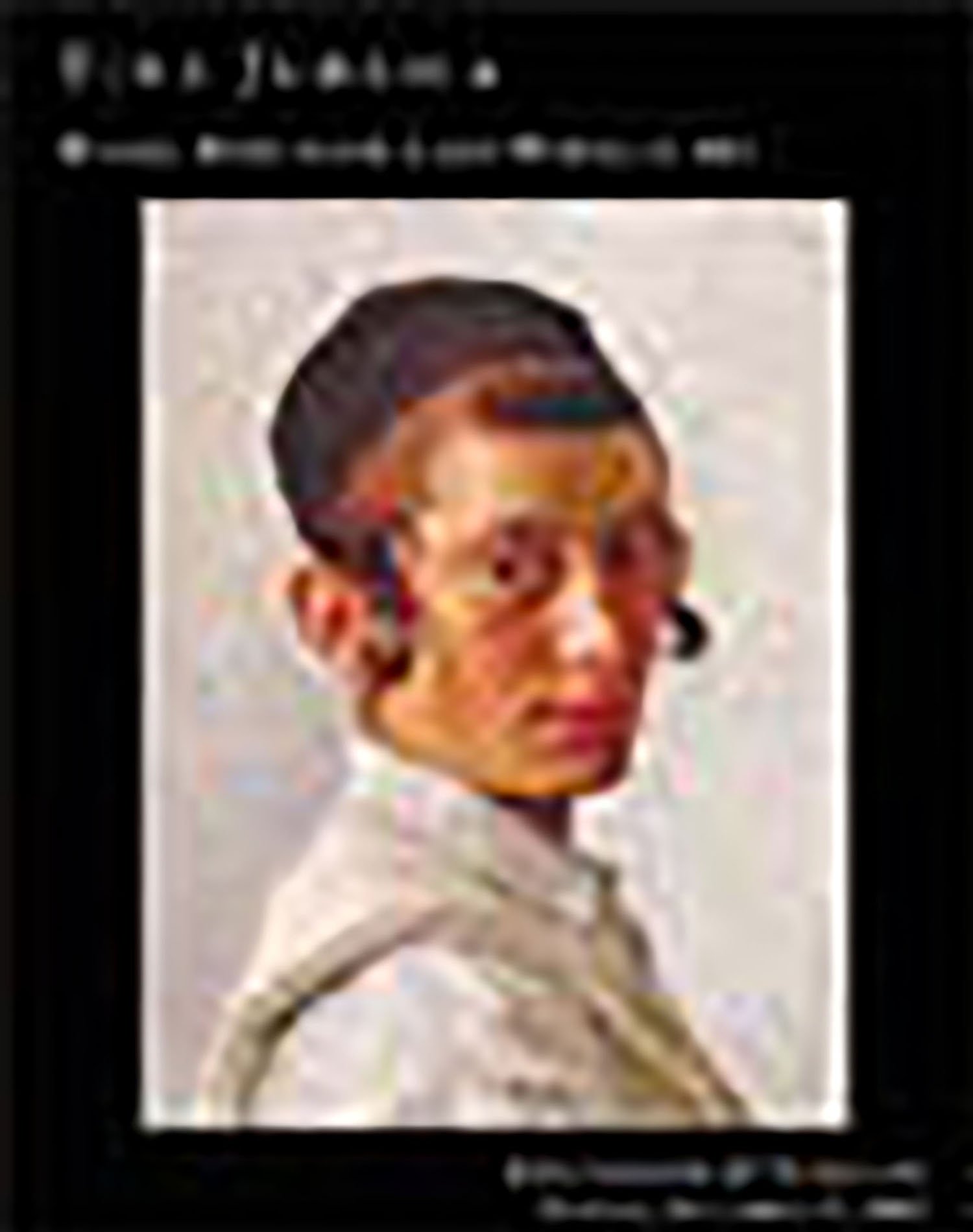Marriage contract on vellum. Uniting Yehudah son of Moses Avercasis and Dultie Benabou on Wednesday 6th Kislev 1844

AUCTION 17 |
Tuesday, November 12th,
2002 at 1:00
Fine Judaica: Printed Books, Manuscripts and Works of Graphic and Ceremonial Art From Various Owners
Lot 437
(KETHUBAH)
Marriage contract on vellum. Uniting Yehudah son of Moses Avercasis and Dultie Benabou on Wednesday 6th Kislev 1844
Gibraltar: 6th Kislev 1844
Est: $4,000 - $5,000
The money clause of the Marriage Contract comprises the bride’s dowry and the groom’s two increments. These three amounts are standardized on Gibraltarian Kethuboth at 600 pesos furtes, so that the total amounts to 1,800. The numerical equivilant of the number “18” in this figure is the Hebrew “Chai” meaning “life”. This is customarily inscribed in large and often colored capitals occupying the length of three or four lines of text. This feature can be seen on the later example of Gibraltarian Kethubath (see Lot 441).
Architectural motifs bordering written texts have been a familiar device in manuscript illumination and is particularly popular in the ornamental design of Kethuboth. The popularity of the gate motif in kethubah decoration has been ascribed to the variety of biblical passages creating a relationship between the architectural frame and the social context of the marriage-contract. Biblical references include that of building a House in Israel, the marrage of Ruth and Boaz that took place at the gates of the city and the verse from the famous poem Woman of Valor: “Extol her for the fruit of he hand/ And let her works praise her in the gates.”
For a historical overview of the gate motif in Kethubah decoration see S. Sabar, Ketubbah; The Art of the Jewish Marriage Contract (1993) pp. 17-41
